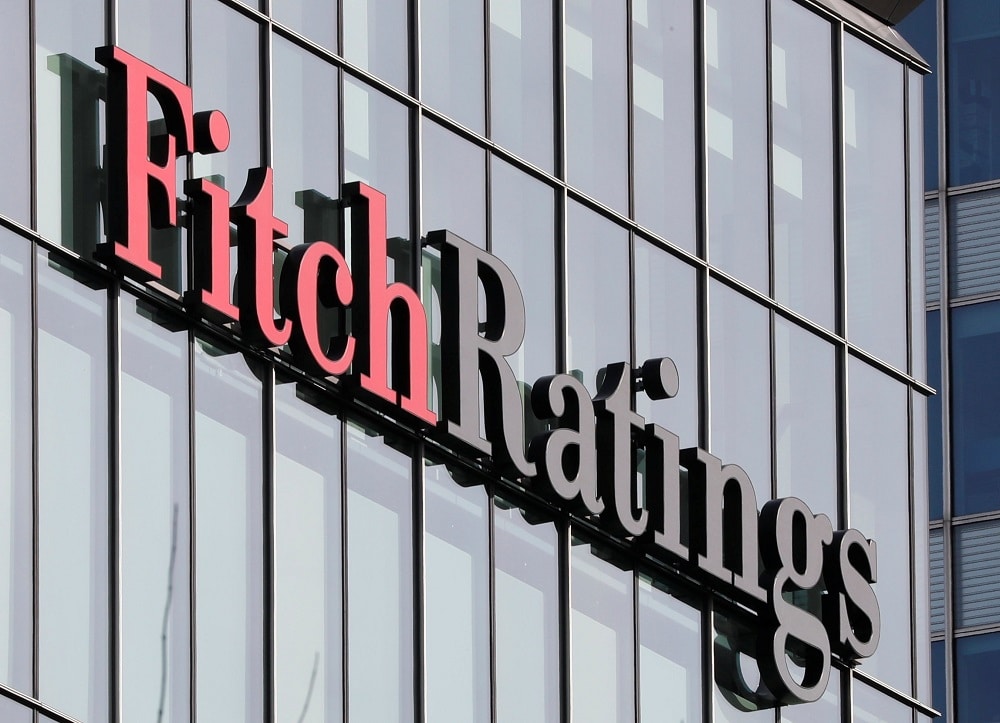Fitch Ratings now expects the Pakistani Rupee to weaken even further against the US Dollar in 2022.
It downgraded its forecasts for the Pakistani Rupee’s (PKR) average rate against the US Dollar (USD) to 180, as compared to its prior projection of 165.
In the short-term outlook (three-to-six months), since its last update in June 2021, the Pakistani rupee (PKR) has depreciated by 7.1 percent to Rs169.31/USD and the rupee has averaged Rs159.23/USD over the first nine months of 2021.
The sell-off can largely be attributed to the country’s increasing import bills, alongside external factors stemming from neighboring Afghanistan. These factors are expected to continue exerting a depreciatory pressure on the rupee, it added.
The Rating agency further stated that from a technical perspective, it sees scope for further depreciation of the rupee against the US dollar. The unit continues to be above both long and short-term moving averages, suggesting a deprecatory trend over the medium term.
“From a fundamental perspective, the currency is expected to weaken due to worsening terms of trade on the back of higher oil prices. On average, the country’s trade deficit has been widened on a year-on-year basis this year coming in at -USD2.9 billion vs -USD1.7 billion across the same period in 2020. This comes as oil prices averaged USD67.68/bbl year-to-date compared to USD43.20/bbl in 2020. We expect this trend of strong oil prices to persist as our Commodities team forecast Brent crude oil prices to average USD70/bbl in 2021. With oil accounting for a large share of Pakistan imports (20.1 percent of total imports), an increase in oil prices over 2021 will worsen Pakistan’s terms of trade, thereby weighing on the PKR over the coming months”, it added.
The agency further stated that they do not expect the State Bank of Pakistan’s (SBP) monetary tightening cycle over the coming months to be sufficient in offsetting the strengthening pressures on the US dollar. The Federal Reserve has signalled its intention to begin tapering asset purchases over the coming months due to progress made on the improvement of the US labour market as well as growing inflationary pressures domestically.
Combined with some members of the Federal Open Market Committee (FOMC) bringing forward their expectations for the start of the US rate hiking cycle to 2022 from 2023 previously, representing a hawkish shift by the FOMC, this will likely put upside risks to US dollar strength over the coming months. While the SBP will also be tightening monetary policy – we forecast 100bps of hikes to the policy interest rate by June 2022 – persistently high risks regarding the country’s assets due to Pakistan’s twin deficit status inform our view that this will fall short in offsetting the rupee’s depreciation against the USD.
Greater transfer of USD from Pakistan to Afghanistan will also weigh on the Pakistani rupee. International assistance to Afghanistan has dried up since the Taliban’s takeover of the country and with Afghanistan’s foreign currency reserves held in the US being frozen, there is an ongoing shortage of USD in Afghanistan. Amid the USD shortage in Afghanistan, Afghan families and businesses residing in Pakistan have converted a greater proportion of their rupees to dollars to be remitted to Afghanistan, it added.
Approximately 25 percent of USD supply in the Pakistani banking system has been channeled across the border. As such, the increased demand for the USD will mean weakness in the PKR/USD unit. With the international communities adopting a wait-and-see approach towards formally recognizing the Taliban government, we expect sanctions to largely remain in place over the short term, causing USD shortages in the Afghan economy to persist, it added.
The Rating agency stated that in the long-term outlook (six-to-24 months), it has revised its exchange rate forecast for 2022 to average Rs. 180 from Rs165/USD, which continues to reflect our view for further rupee weakness. Higher structural inflation as compared to the US will weigh on the rupee.
“We forecast inflation in Pakistan to average 7.6 percent between the fiscal year 2022 and fiscal year 2023, well above our average forecast of 3.3 percent over 2022-23 for the United States. Higher inflation will erode the competitiveness of Pakistan goods in the international market and will require depreciation of the currency to preserve the competitiveness of Pakistani exports”, Fitch added.
Although Pakistan is likely to grow by 4.5 percent on average between the fiscal year 2022 and fiscal year 2023, outpacing that of the US at 2.8 percent over 2022-23, a poor business environment is likely to continue deterring foreign businesses from investing in Pakistan and this will limit the support economic growth can have on the rupee’s strength. Indeed, our operational risk index for Pakistan comes in at 41.8 out of 100, lower than 77.9 for the US, indicating a sharply weaker business environment, it added.
The CPI-weighted real exchange rate (REER) of Pakistan is currently trading 2.7 percent below its 10-year average amid the recent sell-off, suggesting that the unit is undervalued. We expect the real undervaluation of the rupee to limit excessive weakness in the currency over the longer term as a weaker currency should improve the competitiveness of exports while simultaneously making imports relatively more expensive, providing some support to the PKR/USD.
“Risks to our currency outlook are weighted towards the downside. Our currency forecast accounts for Pakistan to continue to receive the IMF Extended Facility Fund which would allow for the disbursement of a loan tranche worth approximately USD1bn. Talks have been stalled since June following disagreements surrounding IMF recommendations on further hikes in energy tariffs alongside higher personal income tax and GST reforms. Renewed negotiations are expected to be held on October 4. Further delay or even an abandonment of the IMF program would dampen investor’s sentiments, leading to an outflow of capital and a worse sell-off in the PKR than we currently expect”, it added.





















